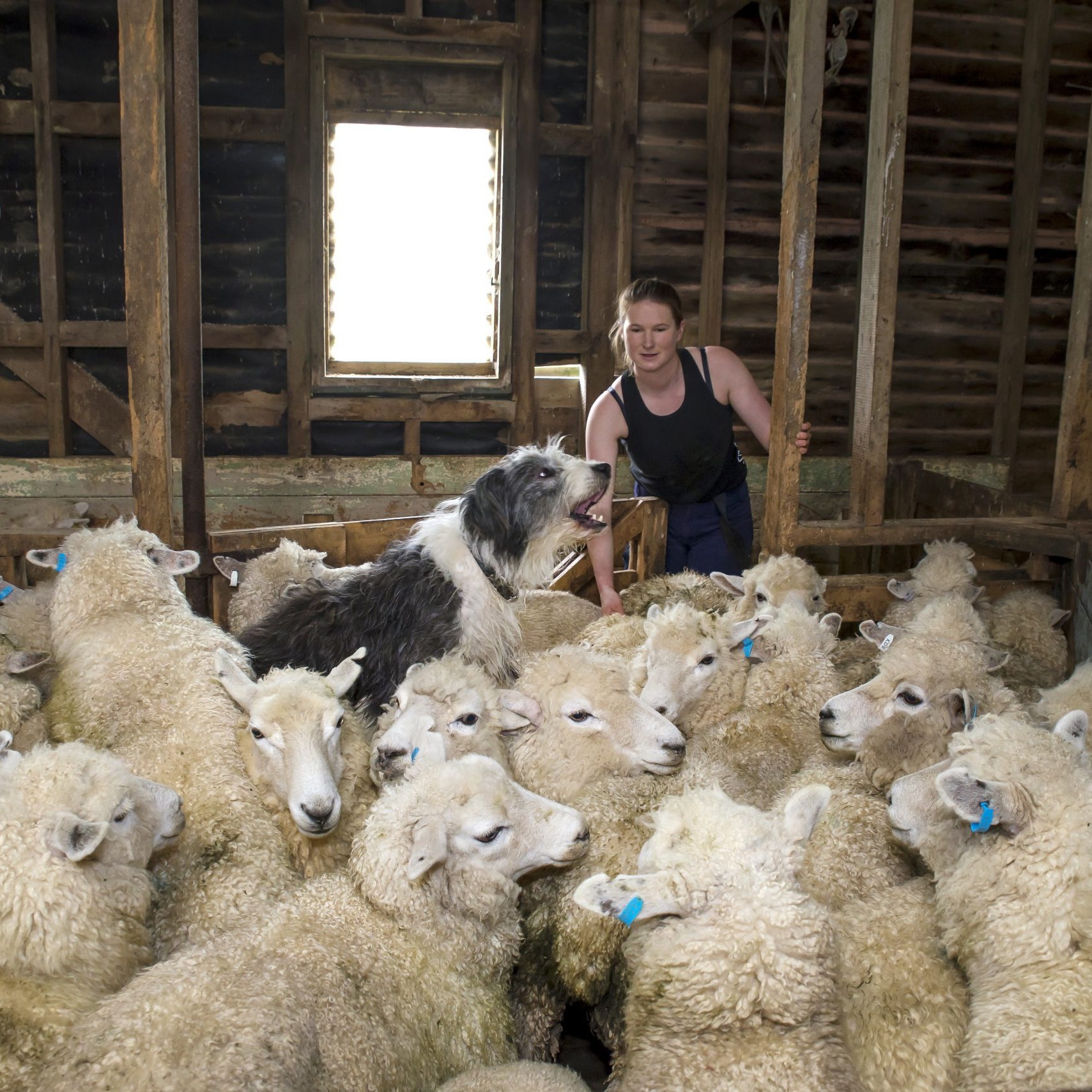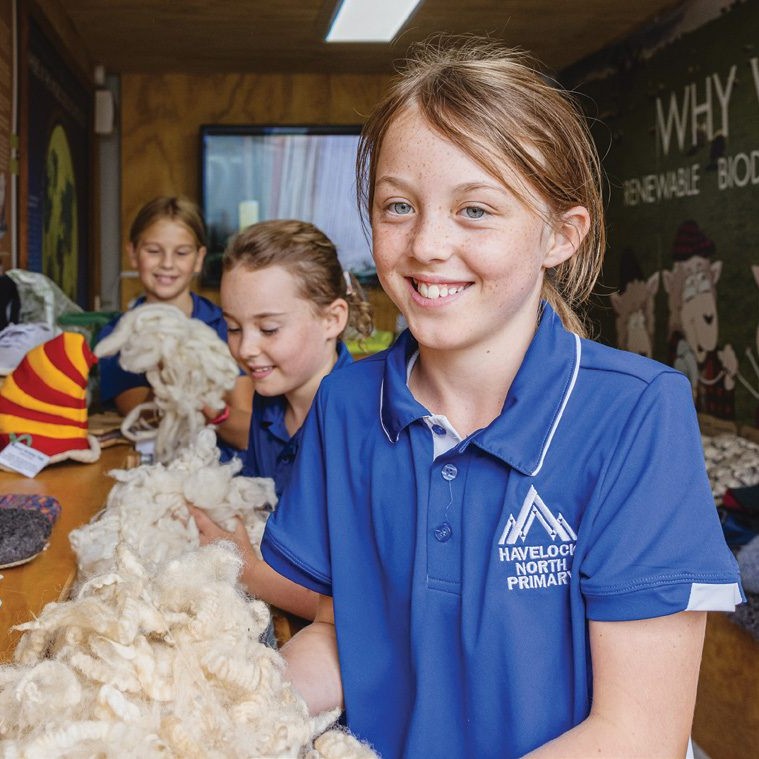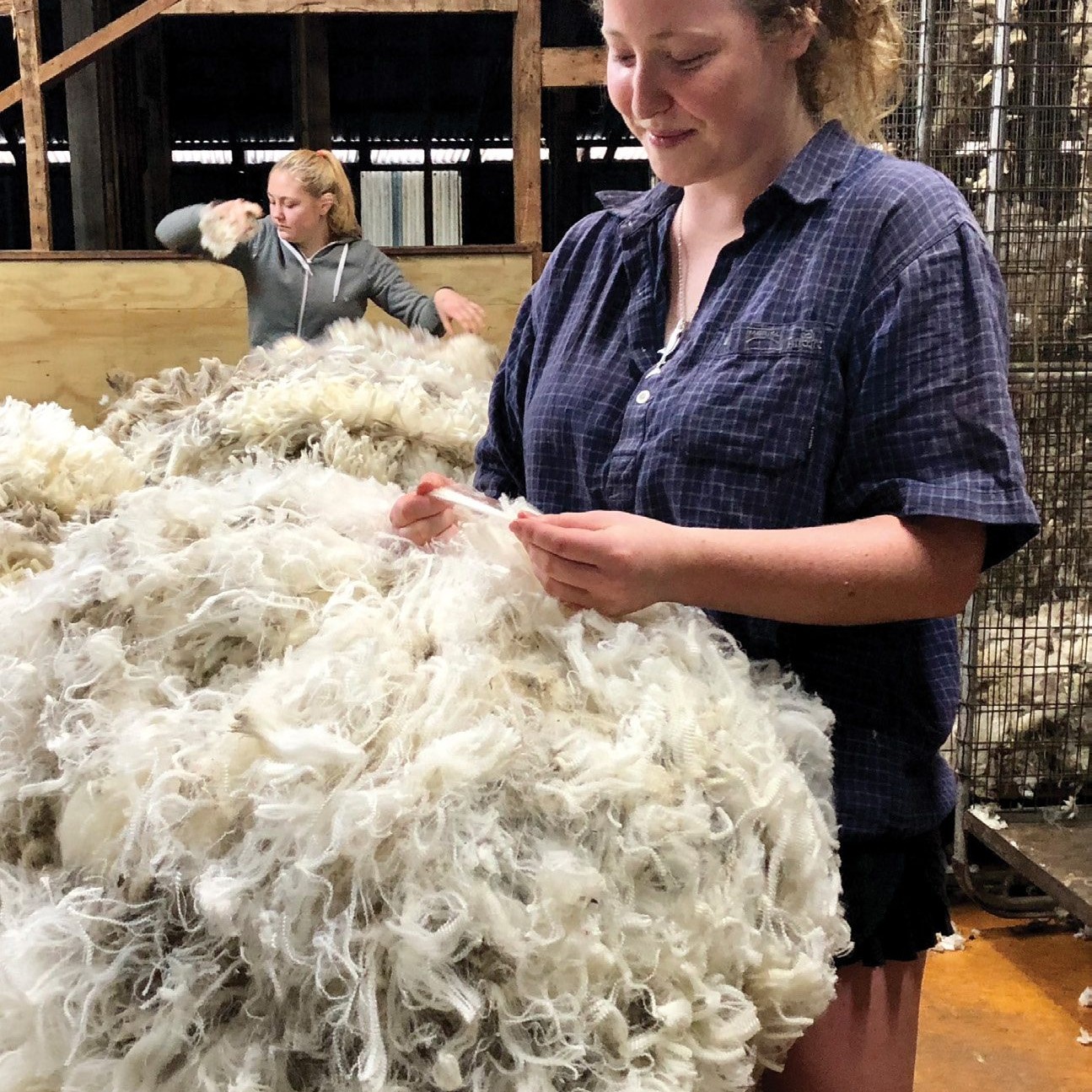A pair of mobile wool sheds are on a tour of New Zealand schools teaching students about the story of wool. Annabelle Latz reports.
Tennis balls used at Wimbledon are made with New Zealand wool felt. It has the best crimp factor in the world and gives balls the best bounce.
Kiwi students are learning such facts and the versatility of wool thanks to Wool in Schools.
Set up by the charitable trust Campaign for Wool, a global initiative spearheaded by patron King Charles III when he was Prince of Wales, the wool education programme saw its 25,000th student pass through its doors in August.
Two mobile wool sheds made from shipping containers travel NZ visiting mainly primary schools. Students take a 30-minute tour and see a wool boom full of knots used for sucking up oil spills in the ocean, wool insulation for houses and many other uses.
Vicki Linstrom has been project manager Wool in Schools since 2016 and says the programme is helping to close the rural-urban divide. Since the programme’s first woolshed visited Tawa Intermediate in 2015, the interest from schools has snowballed, and in 2018 a second container was set up in the South Island.
Funded by the Campaign for Wool NZ Trust and with key sponsor PGG Wrightson, this facility is free, and the logistics and tutors are all arranged. Schools apply via the Wools in Schools website, although word of mouth is still the greatest marketing tool, alongside social media and printed articles.
“It’s a case of getting the students to think, ‘what else can we do with this?’”
Linstrom says Merino wool is the product most people know about, but word needs to spread about all the things strong wool can be used for.
“We’re not necessarily wanting more kids to think about being farmers when the wool shed visits their schools – we’re educating them about the diversity of the fibre and how it can be used in the future.”
The wool shed visited Kohimarama School in Auckland earlier this month. Year five teacher Kershnee Naicker says many students hadn’t realised the positive impact wool has on the
environment, and the interaction in the wool shed provided a solid foundation for further questions, such as why wool products should replace plastic.
“Students found the various uses of wool surprising as well as the fact that it is fire resistant. We spoke about how technology can be used to help farmers.”
The wool shed has visited some high schools too. Head of technology at Waitaki Girls’ High School in Oamaru Bronwyn Gillies says her Year 10 and Year 12 textile technology and environmental agriculture students enjoyed the hands-on experience, being able to touch the wool with its lanolin, and learning the different ways wool can be processed for knitting, weaving and felting.
“It was a wonderful opportunity to reiterate our passion for the potential of wool and its many attributes, allowing students a wider experience,” Gillies says.
Waitaki student Breanna Stewart says the wool shed was interesting and helped to reinforce their previous knowledge from wool studies.
“We were able to see the process of the different stages of the wool and learn about how it can be turned into many practical and useful products.”
Linstrom says going to rural schools is not preaching to the converted, as a lot of children have no idea what happens to the wool after sheep are shorn and leaves the farm.
“It’s education for everyone, whether they are from rural or urban backgrounds.
She says they can all think about why they should use wool rather than plastics. The wool story has been lost in a generation of using plastics and polar fleece, with people not knowing basic facts such as wool being a fire retardant.
“We have a long way to go with getting those wool prices up, but the interest from people has grown.”
The container wool sheds cost about $15,000 each to buy and fit-out and the programme may be expanded to take the educational programme deeper into secondary schools.
Chair of Campaign for Wool NZ Tom O’Sullivan says digitising the school course material will add extra value and enhance the experience.



